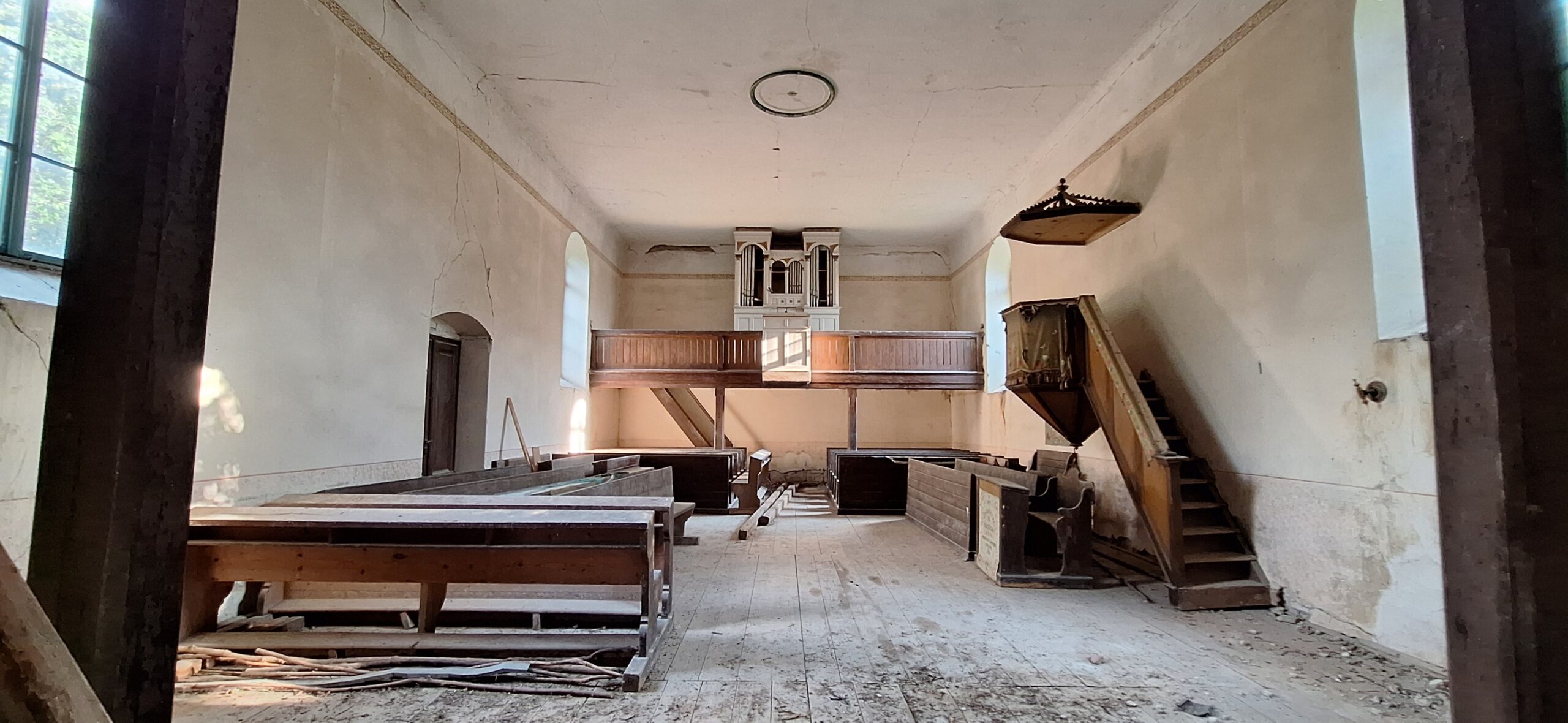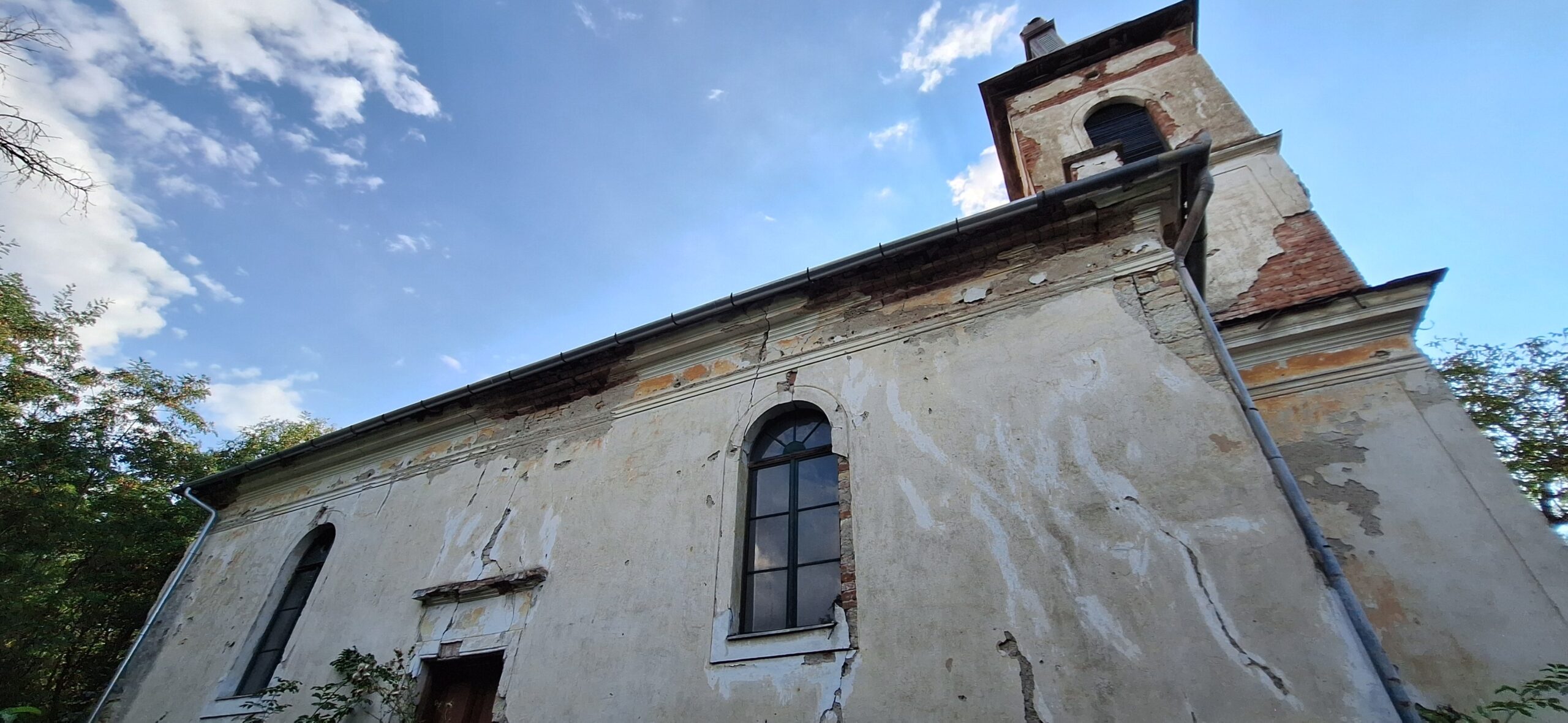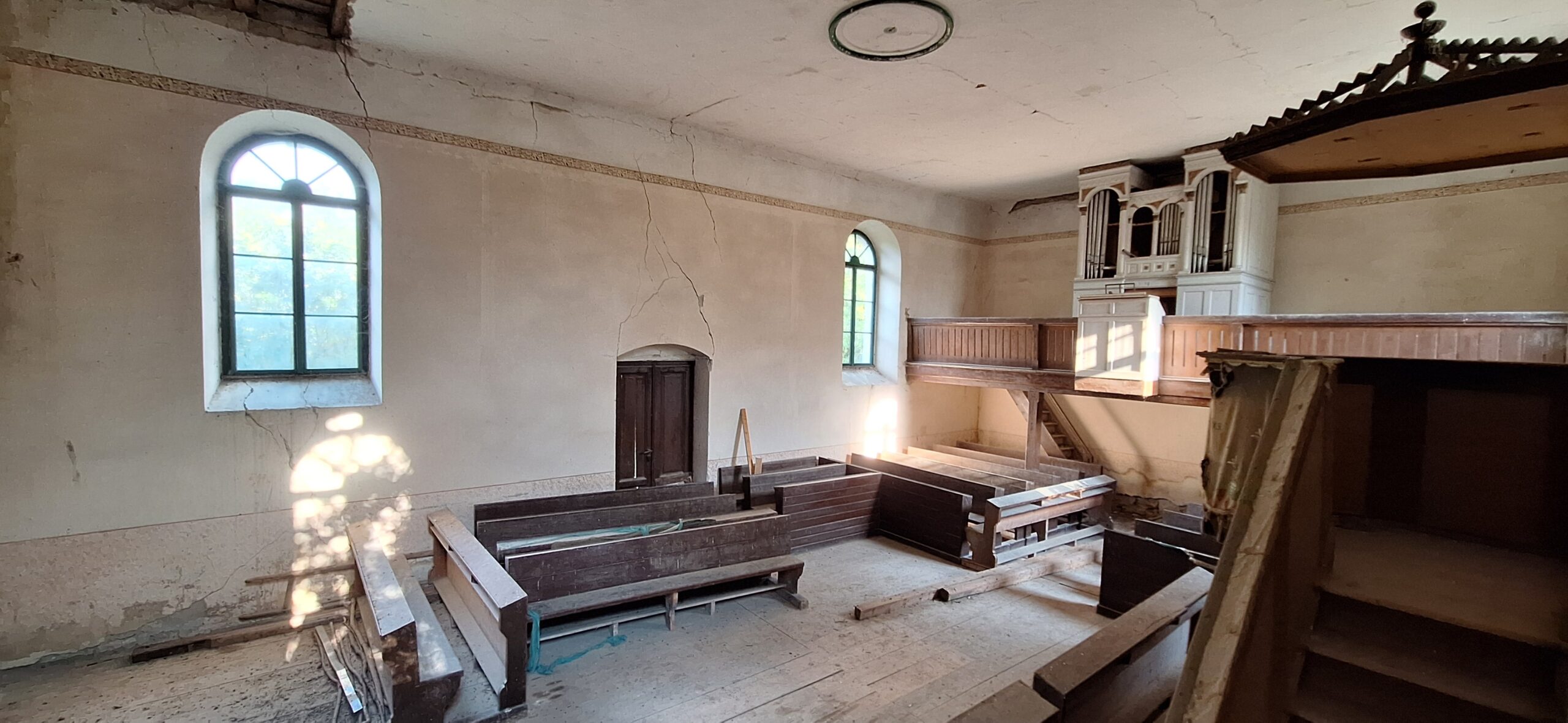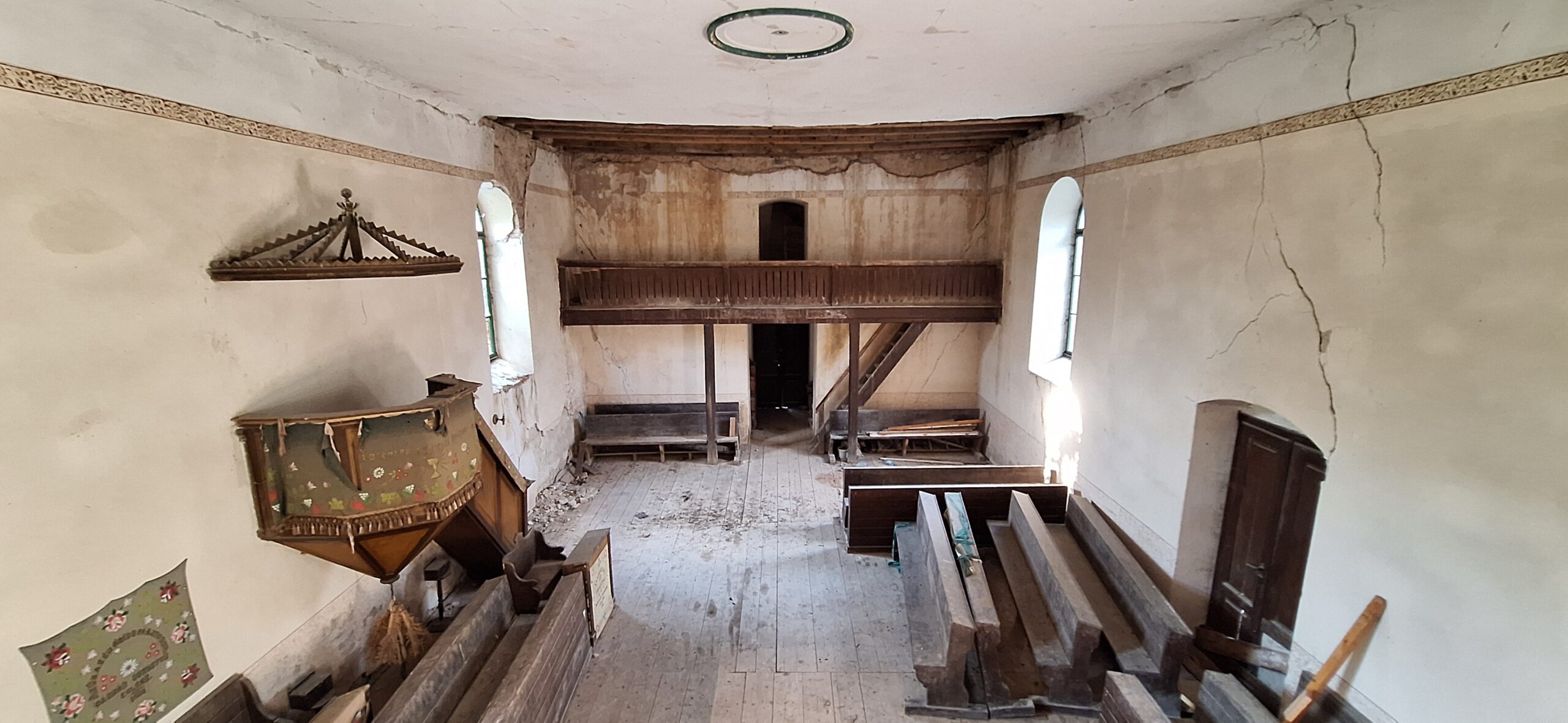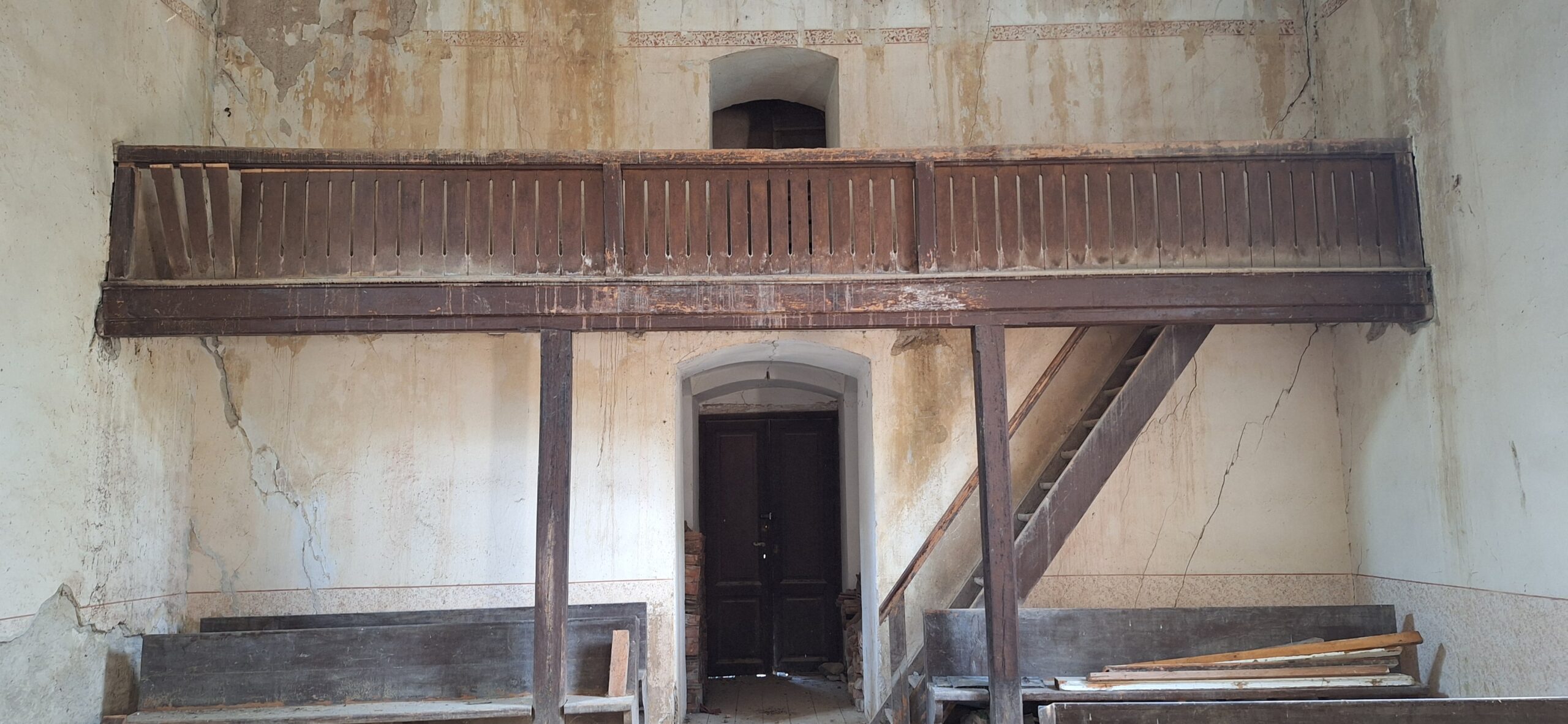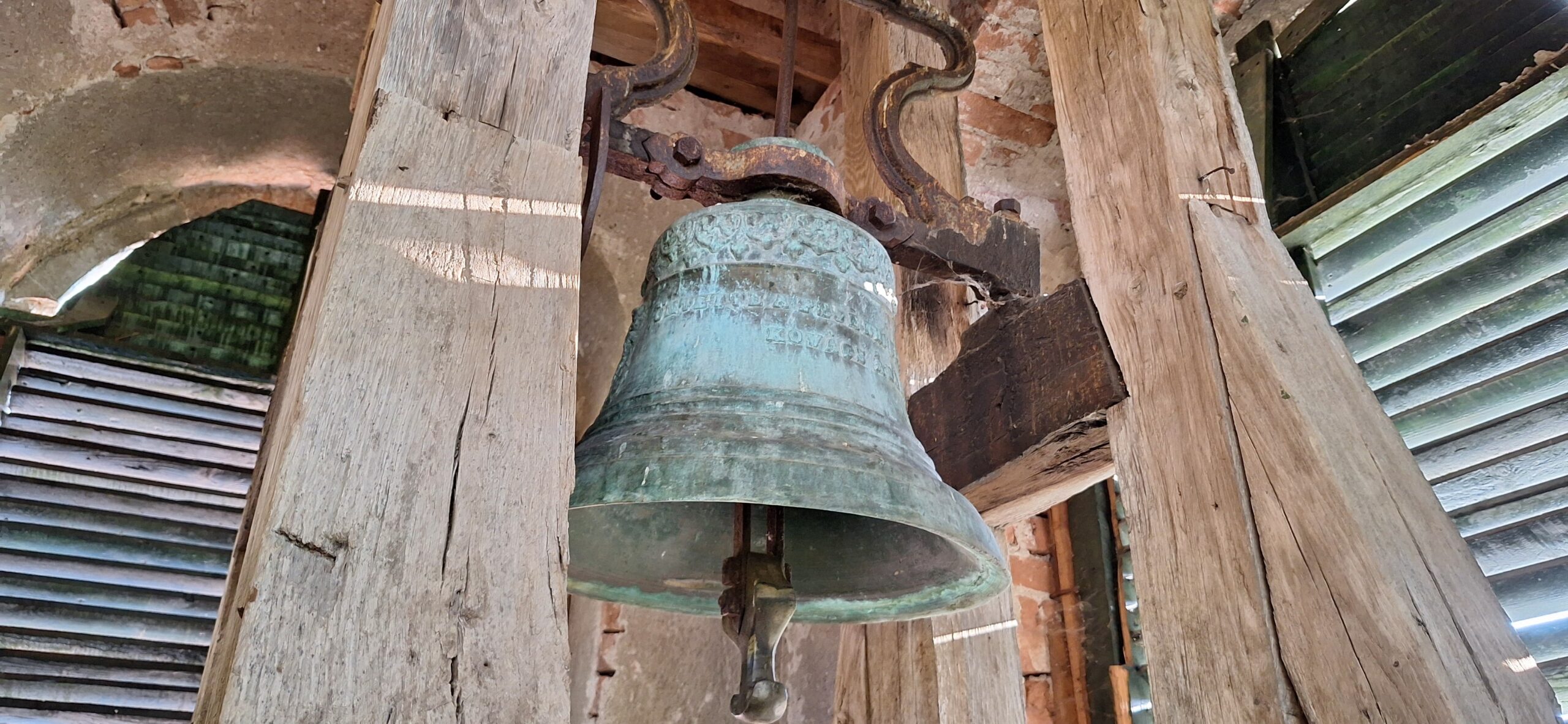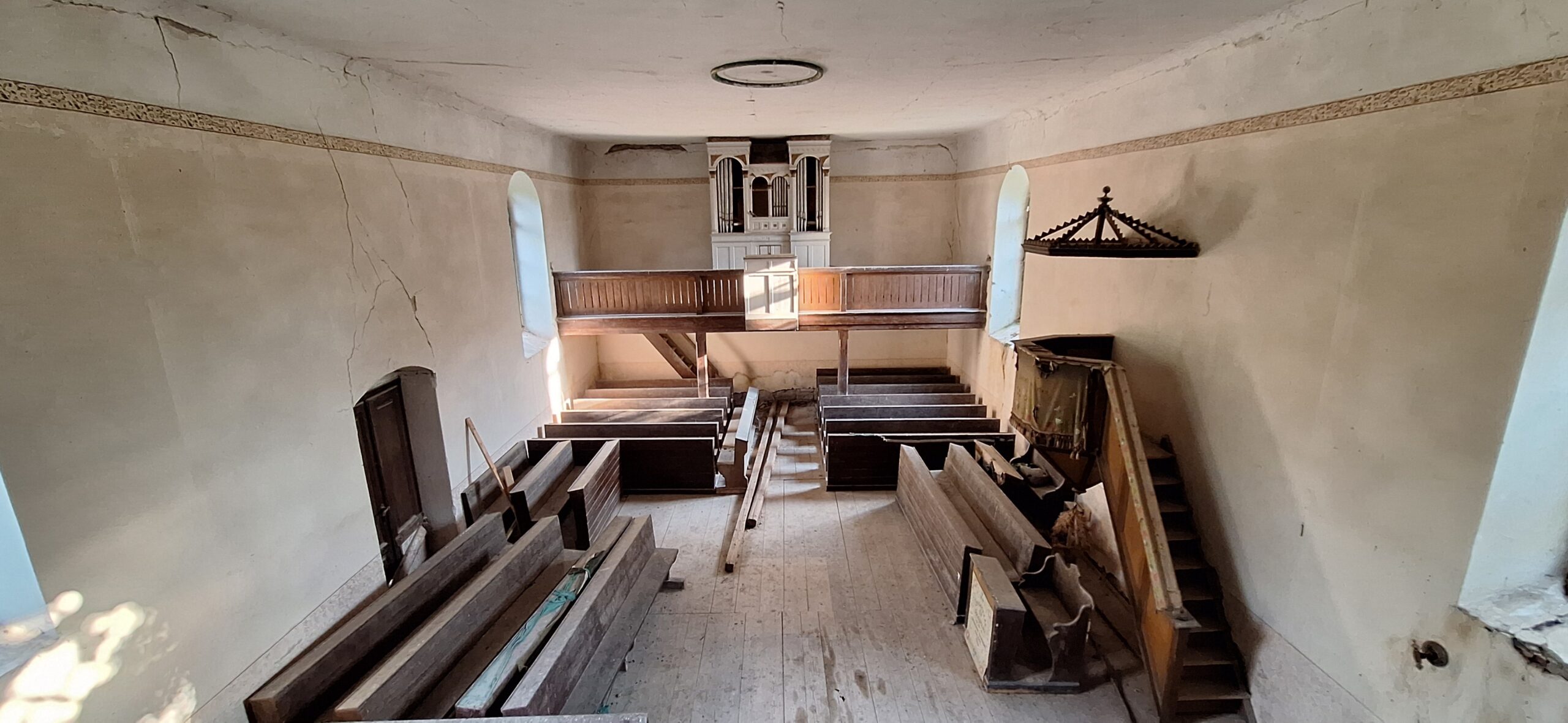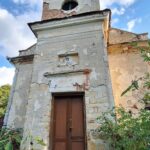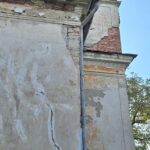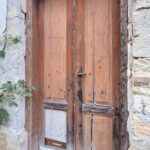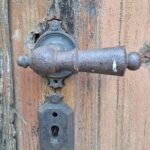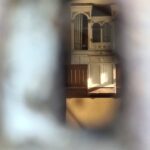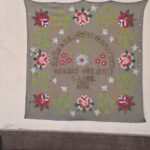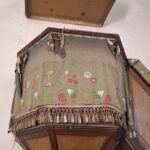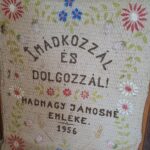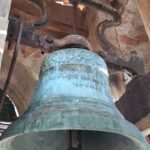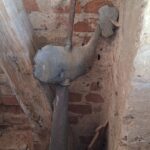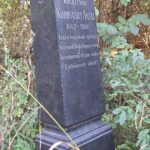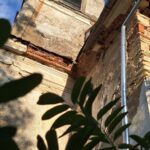Feiurdeni (Fejérd) – Cluj County
Although Feiurdeni (Chinteni Commune) is less than 20 km away from Cluj-Napoca, it is a quiet island in the sea of noise. Once a thriving community with thousands of residents, today, only a little bit over 300 villagers live here. Among them, not a single Hungarian. The Reformed church in Feiurdeni stands abandoned, waiting for a highly unlikely restoration.
Feiurdeni — a village with a tragic history, decimated repeatedly
First mentioned in documents in 1326 (Feyrd), Feiurdeni has a long and turbulent history. Its first major blow came in 1437, when peasants devastated the village during the Transylvanian peasant revolt. After the Protestant Reformation, the few hundred-strong community converted to Calvinism. Another tragic event drastically changed Feiurdeni’s demographic structure when Crimean Tatars ravaged the village in 1674. Life slowly but steadily recovered, and by the mid-19th century, over 1,400 villagers — Romanians and Hungarians, Greek Catholics and Reformed — lived here in harmony. Their peace was disrupted again in 1872 by a devastating fire that destroyed all homes on the main street.
At its peak in the early 20th century, Feiurdeni had around 2,000 Romanian and nearly 450 Hungarian residents. However, the village soon went into decline. The atrocities of World War II stirred tensions among villagers, leading to the gradual disappearance of the Hungarian population. Many young people also moved to Cluj for work. By the late 1970s, the Reformed community still had a pastor, but today, not a single Hungarian remains in Feiurdeni. Only the abandoned church is left. At least the Greek Catholic church, built between 1927-1938 according to the plans of renowned architect Károly Kós, remains in use by the Orthodox community.
The Reformed church in Feiurdeni, built on the foundation of a Gothic structure
The first church in Feiurdeni was mentioned in 1332 and was later modified in Gothic style. By the late 19th century however, it had fallen into ruin. Under the initiative of former Aiton pastor Antal Kolozsvári, a new church was built, completed in 1889 based on plans by Gyula Horváth. Stones from the demolished medieval church were reused, along with a bell cast in Cluj in 1523, inscribed: „Christus Rex venit in pace. Homo factus est. M-523.”
Kolozsvári’s efforts brought new hope to the local Hungarian community. With donations collected with the help of his brother, the parish house was renovated, and a new bell was cast. Kolozsvári (1842-1908) is buried next to the church, but his memory is not honored as it should be, as even his tombstone is overgrown. The church walls are cracked, the windows are shattered, and the ceiling is collapsing. The organ, made by B. L. Simonfi in 1910, is silent — its pipes were stolen and likely sold for scrap metal. Only the dusty pews remain, silent witnesses to long-forgotten prayers.
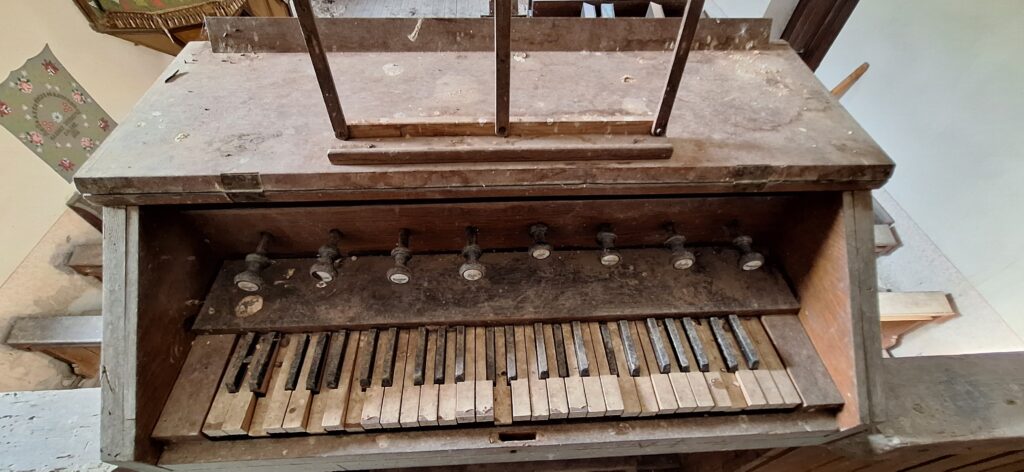
In the late 1810s, Baron Farkas Wesselényi built a brick castle in Feiurdeni. Unfortunately, the Renaissance-style castle was abandoned and subsequently demolished in the early 20th century. Will the same fate befall the Reformed church in Feiurdeni? A valuable building, yet not even listed as a historical monument in Cluj County…

